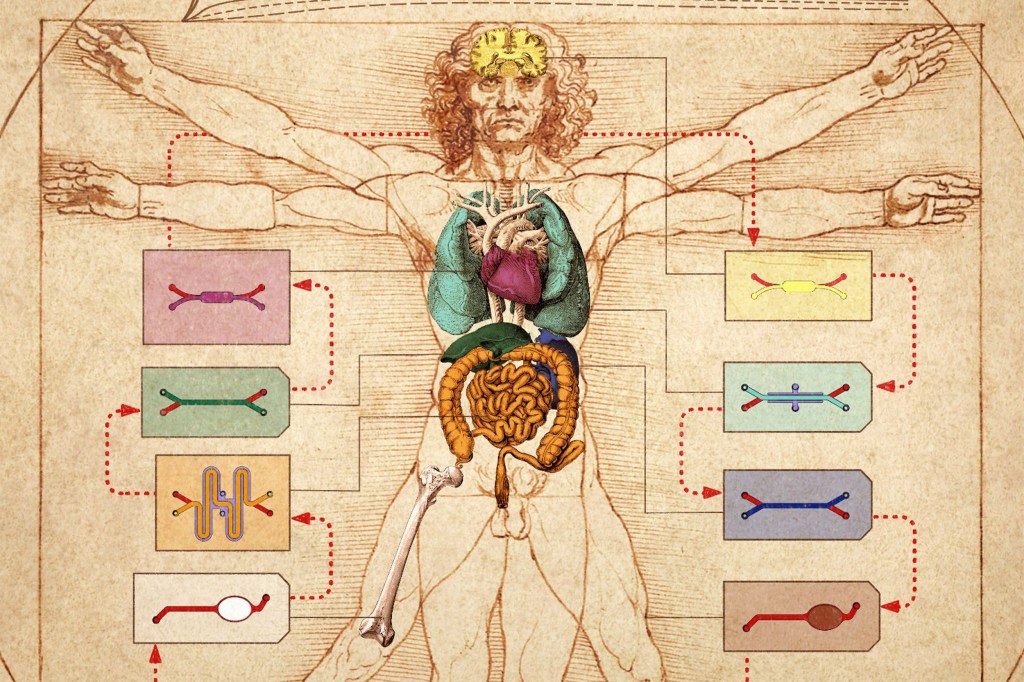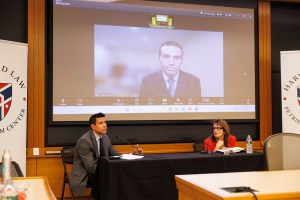Science & Tech
-

Harsh past might bare its teeth
Early adversity leads to higher aggression and fearfulness in adult canines, study says

-

What will AI mean for humanity?
Scholars from range of disciplines see red flags, possibilities ahead
-

‘Human exceptionalism is at the root of the ecological crisis’
Saving the planet requires getting over ourselves, argues author of ‘The Arrogant Ape’
-
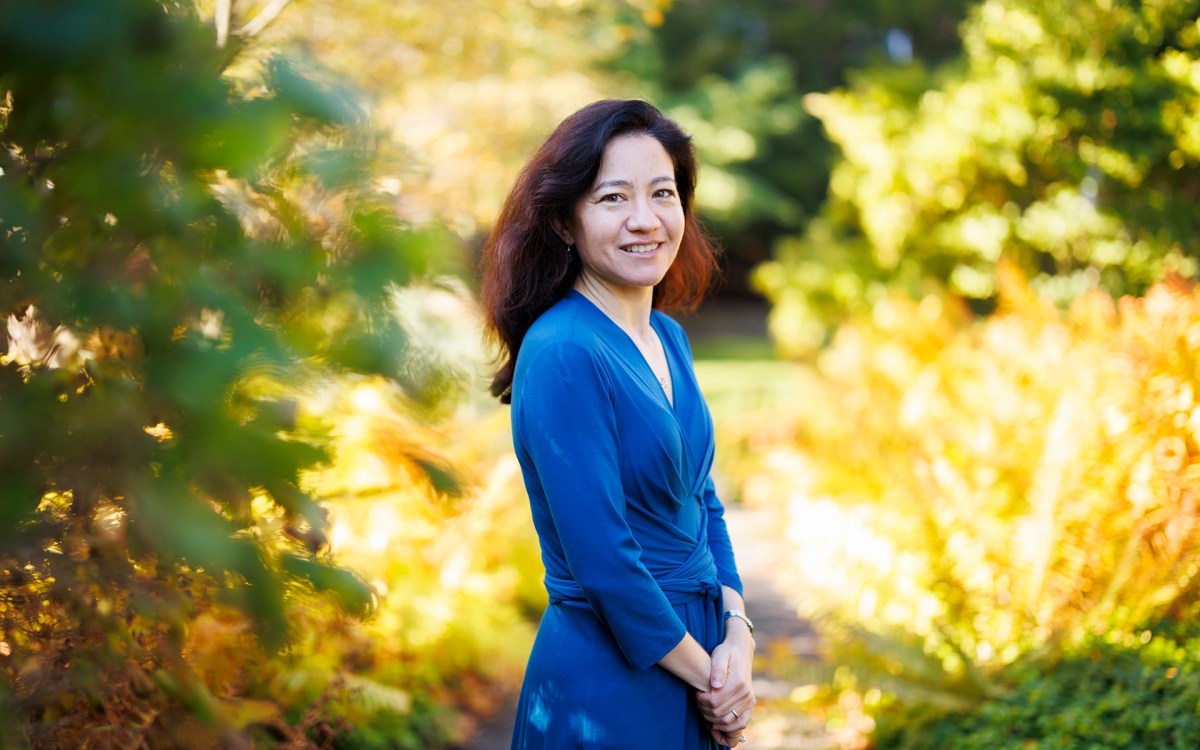
Lauren Williams awarded MacArthur ‘genius grant’
Math professor honored for theoretical breakthroughs with sometimes surprising applications across phenomena such as tsunamis, traffic
-
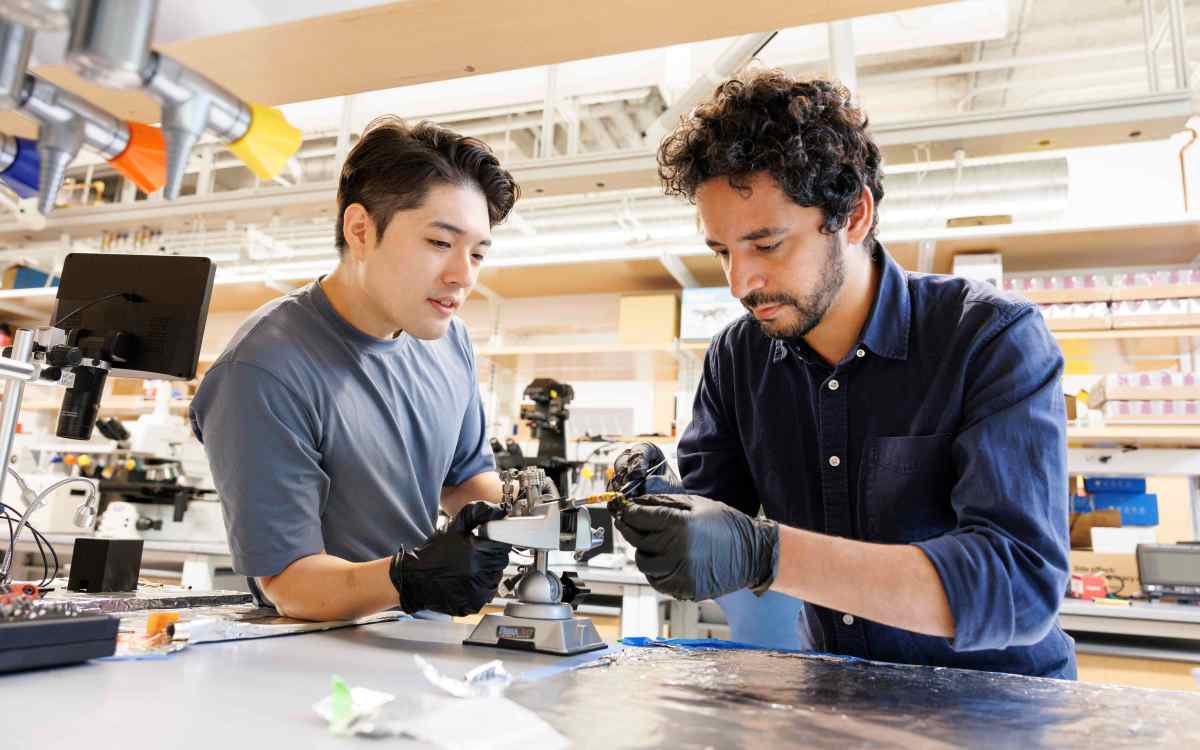
-
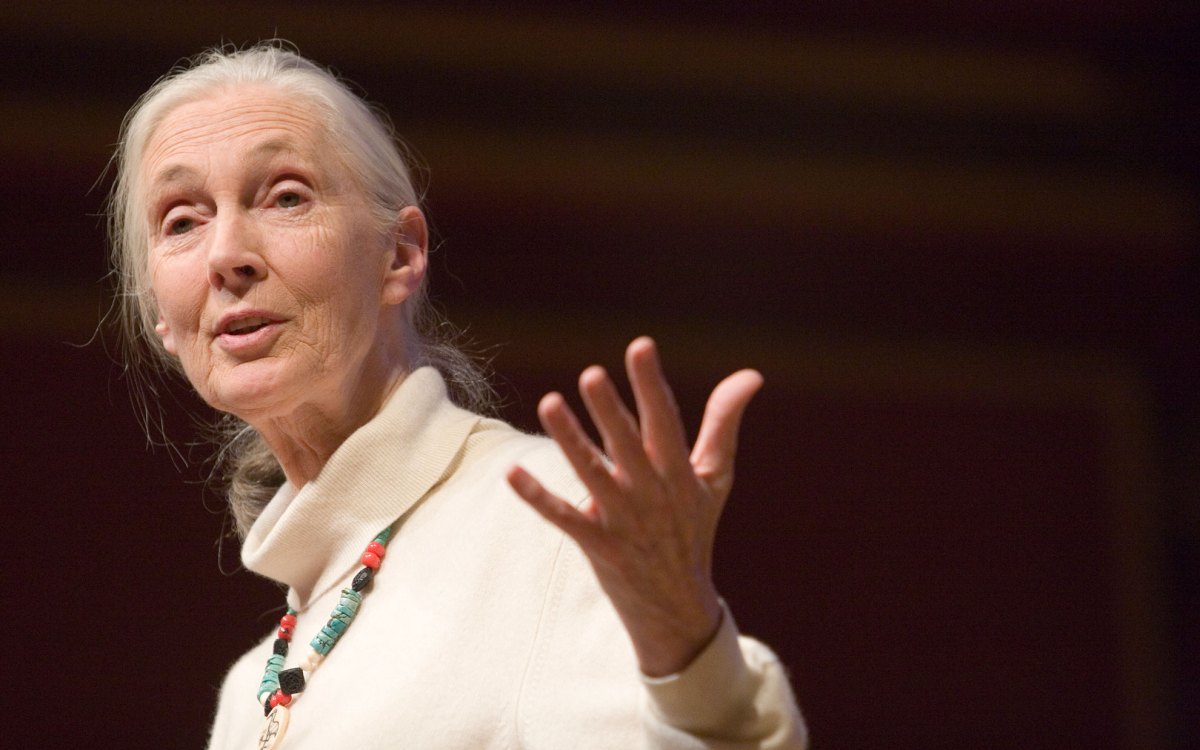
‘She had a sense of caring for everybody that she encountered.’
Richard Wrangham remembers his teacher and colleague Jane Goodall as a force of science, empathy, and hope
-
Design School turns 3D printers into PPE producers
The Harvard Graduate School of Design (GSD) began production of personal protective equipment (PPE) on Sunday.
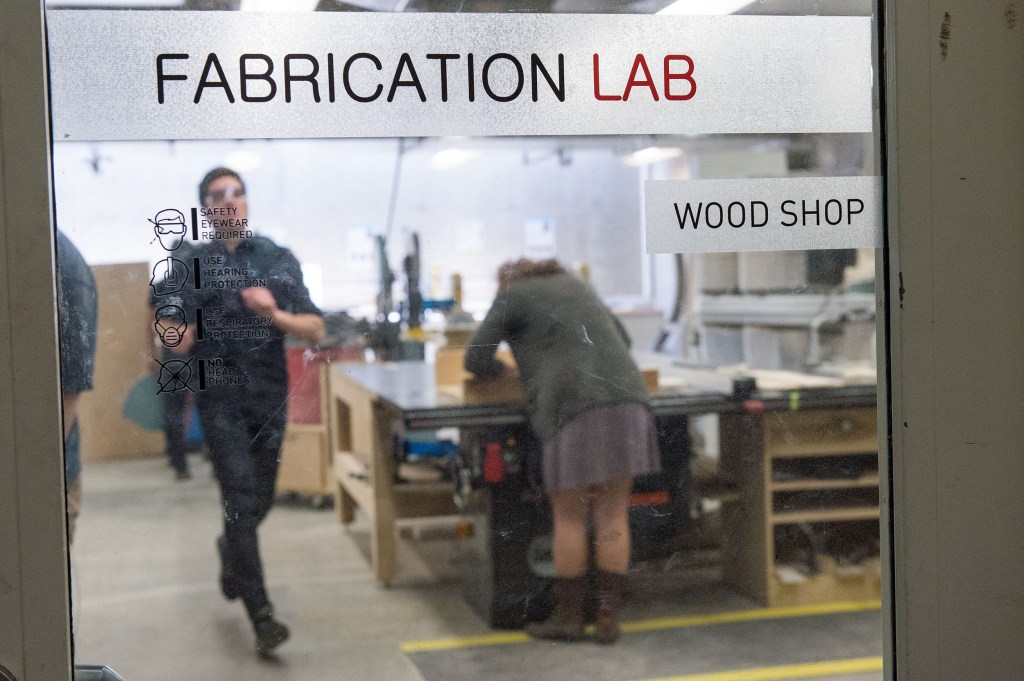
-
Facing a pandemic, Broad does a quick pivot
Facing a pandemic, scientific and administrative teams across the Broad Institute raced to enable coronavirus testing in a matter of days.
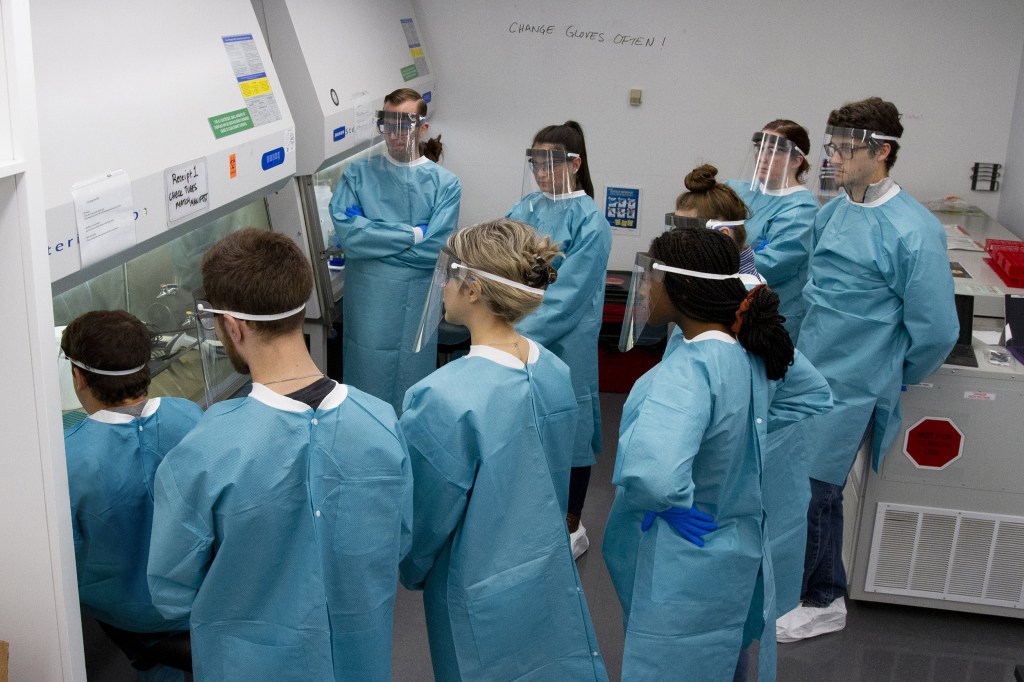
-
Capabilities of CRISPR gene editing expanded
Investigators at Massachusetts General Hospital have modified the gene editing system, making it possible to potentially target any location across the entire human genome.
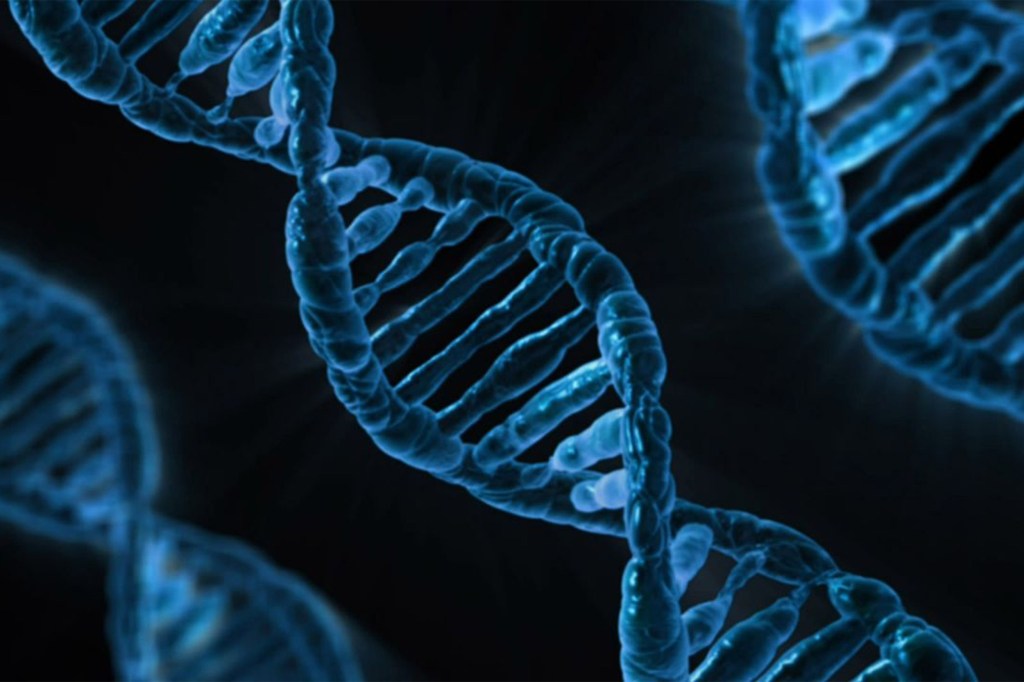
-
Learning from recovery
Using the tool VirScan, researchers are able to detect antibodies in people’s blood that indicate active and past infections by viruses and bacteria. The goal is to learn how the virus affects the immune system.

-
‘There will be cascading failures that get fixed on the fly’
The massive shift from the office to remote work will test the internet in ways it hasn’t been tested before, a Harvard expert on the technology industry said, offering a real-time experiment that will likely see failures, but from which unexpected solutions will also emerge.

-
Genetic control of collective behavior
Researchers use zebrafish to explore the connection between specific genetic mutations and group behavior.
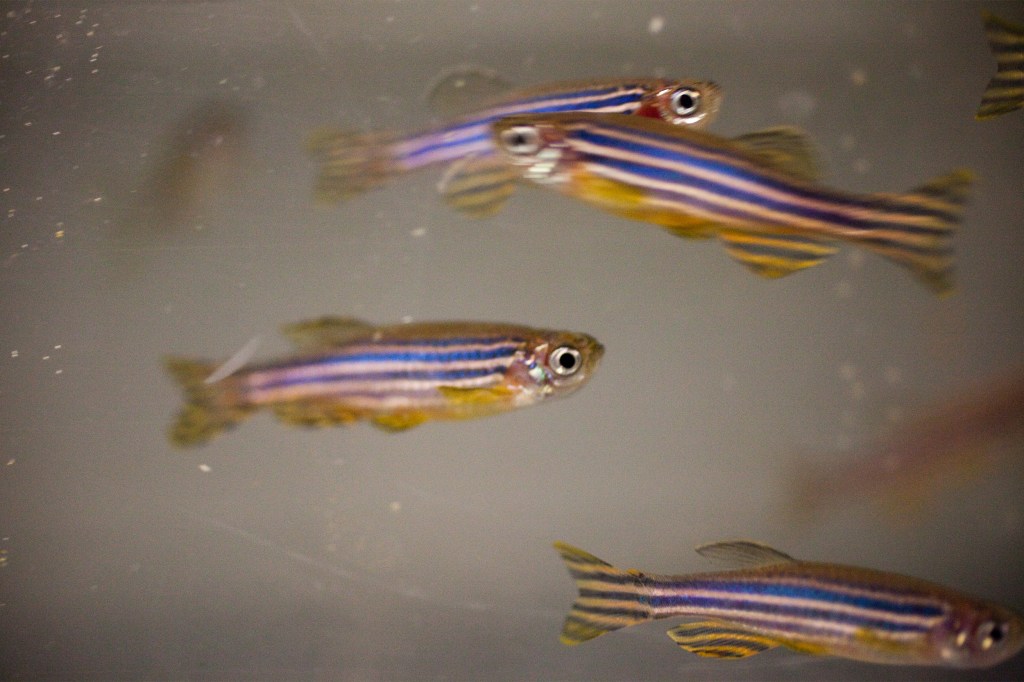
-
Blood biopsies offer early warning of cancer’s return
Researchers have designed personalized blood biopsies that offer the potential of an early warning signal of breast cancer recurrence.
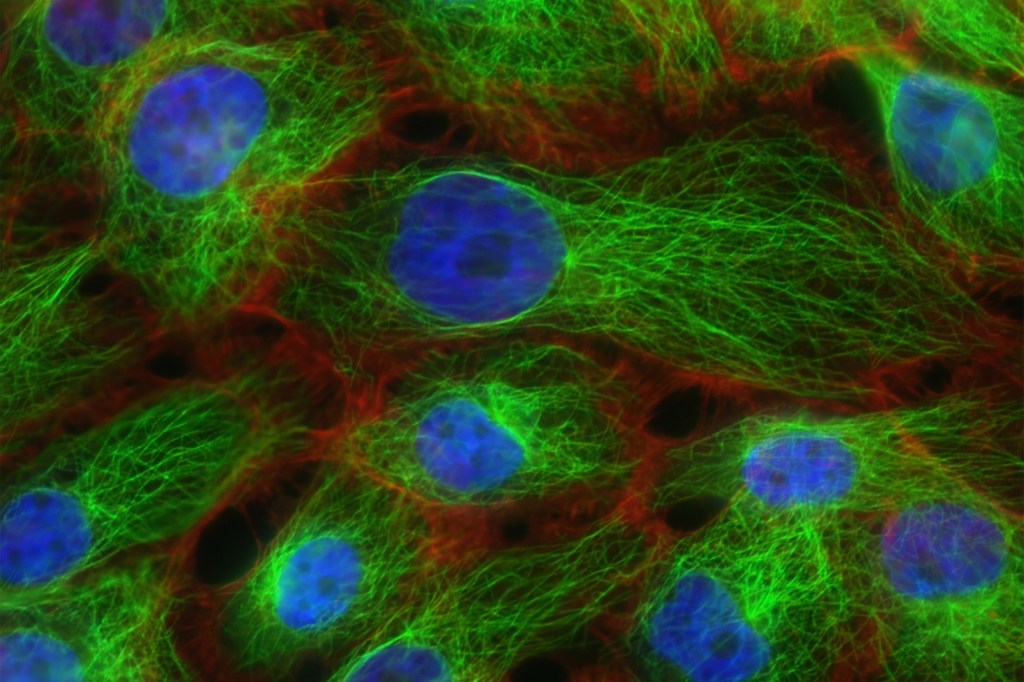
-
i3 Center formed for advancing cancer immunotherapy
Harvard’s Wyss Institute will collaborate with other institutions to form the i3 Center where cancer immunologists and biological engineers will develop new biomaterials-based approaches to enable anti-cancer immune-therapies for therapy-resistant cancers.
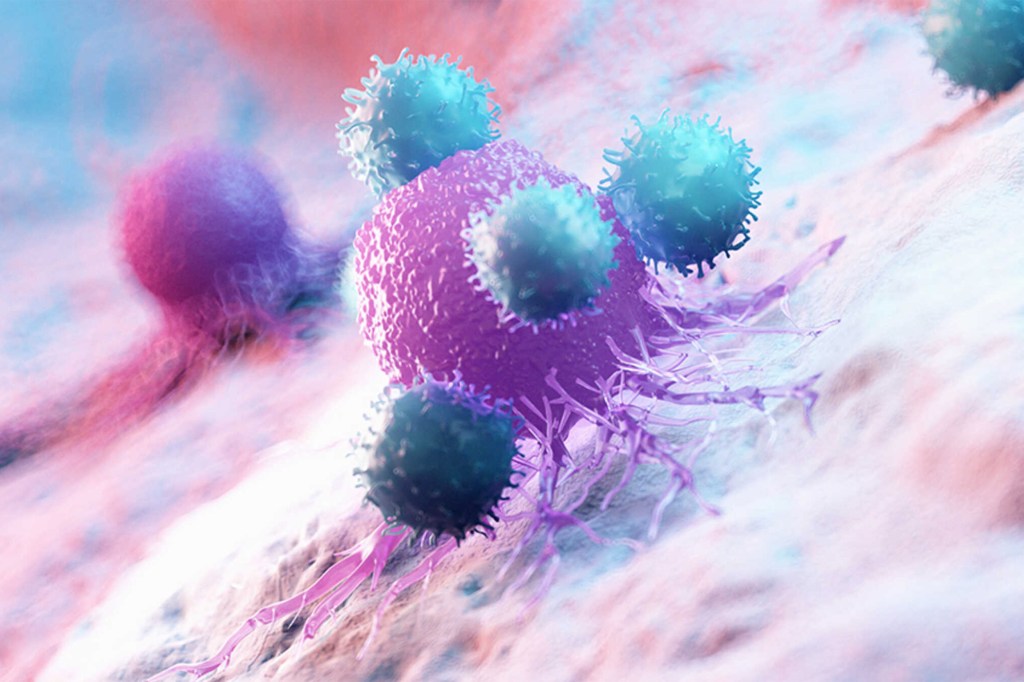
-
Was Darwin first? Kind of depends
Charles Darwin’s work arose in an era where many were thinking about the source of nature’s variety.
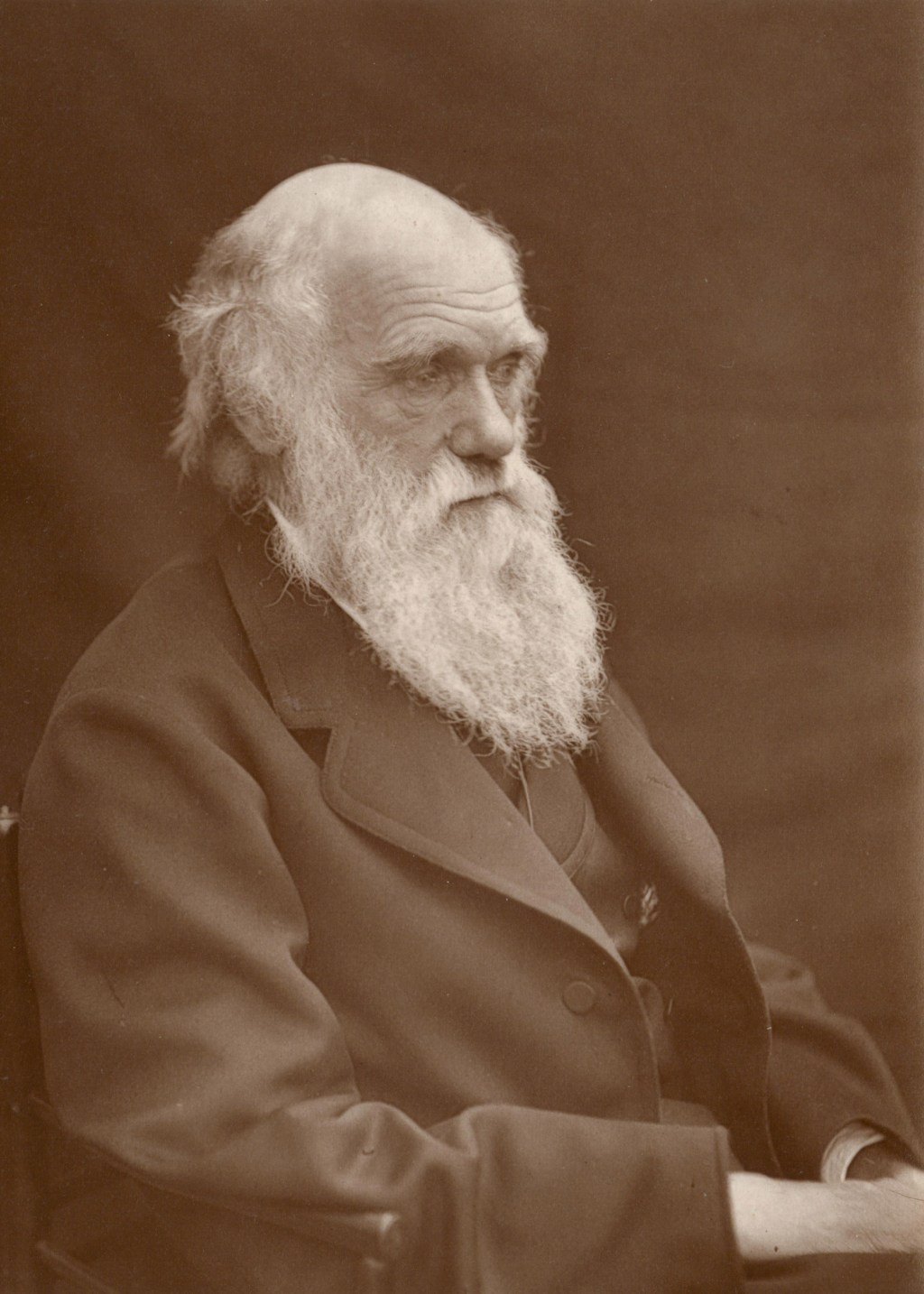
-
A great civilization brought low by climate change (and, no, it’s not us)
Human-environmental scientist says there are new clues about how and why the Maya culture collapsed.
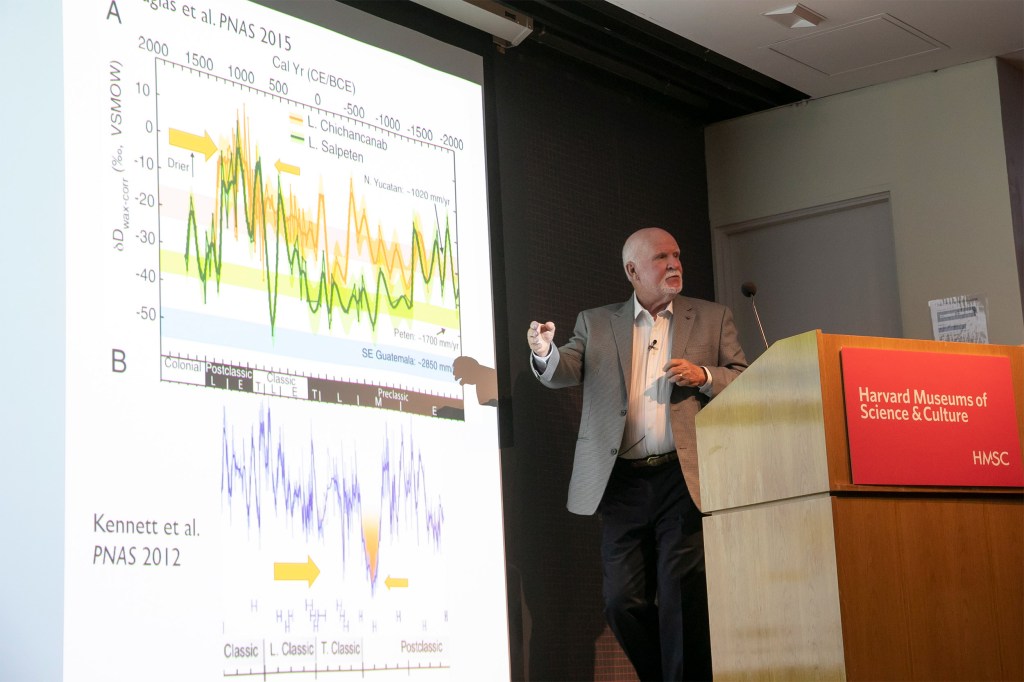
-
From YouTube to your school
In a new paper, Harvard researchers show for the first time that research-based online STEM demonstrations not only can teach students more, but can be just as effective as classroom teaching.
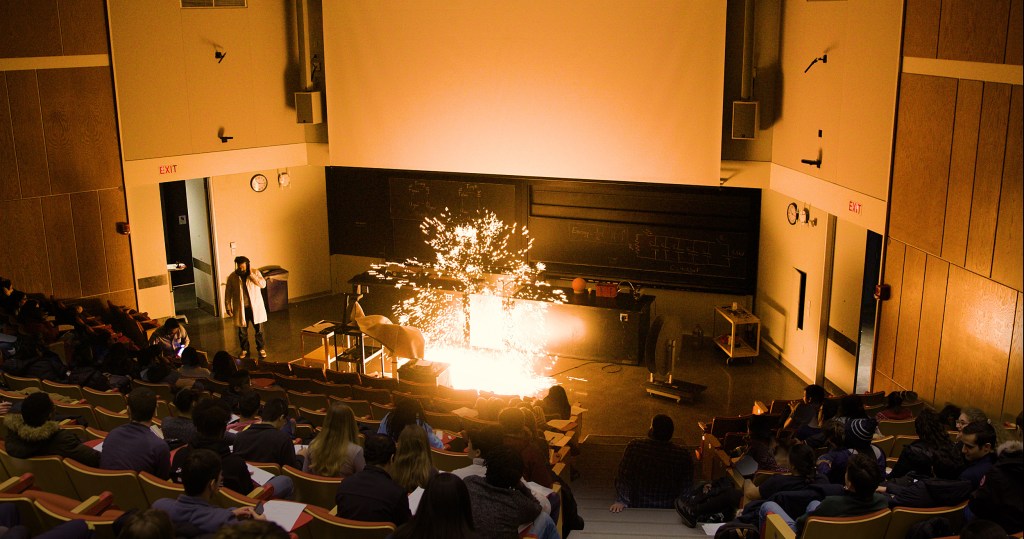
-
What the nose knows
Experts discuss the science of smell and how scent, emotion, and memory are intertwined — and exploited
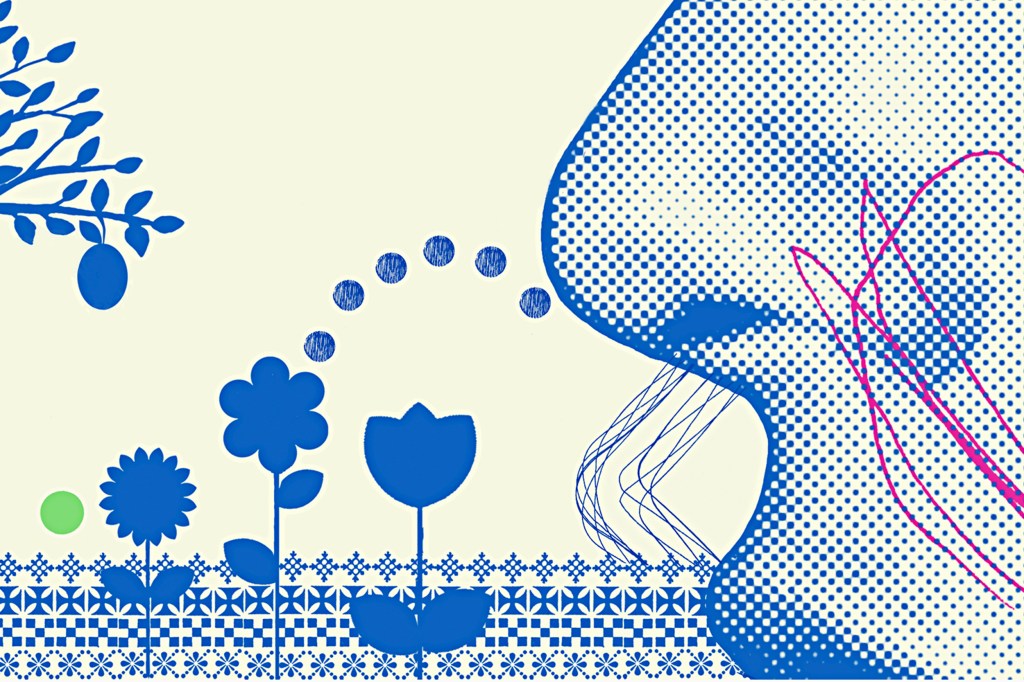
-
From ancient flooding, modern insights
Tamara Pico, a postdoctoral fellow, is using records of flooding in the Bering Strait to make inferences about how the ice sheets that covered North America responded to the warming climate, and how their melting might have contributed to climate changes.
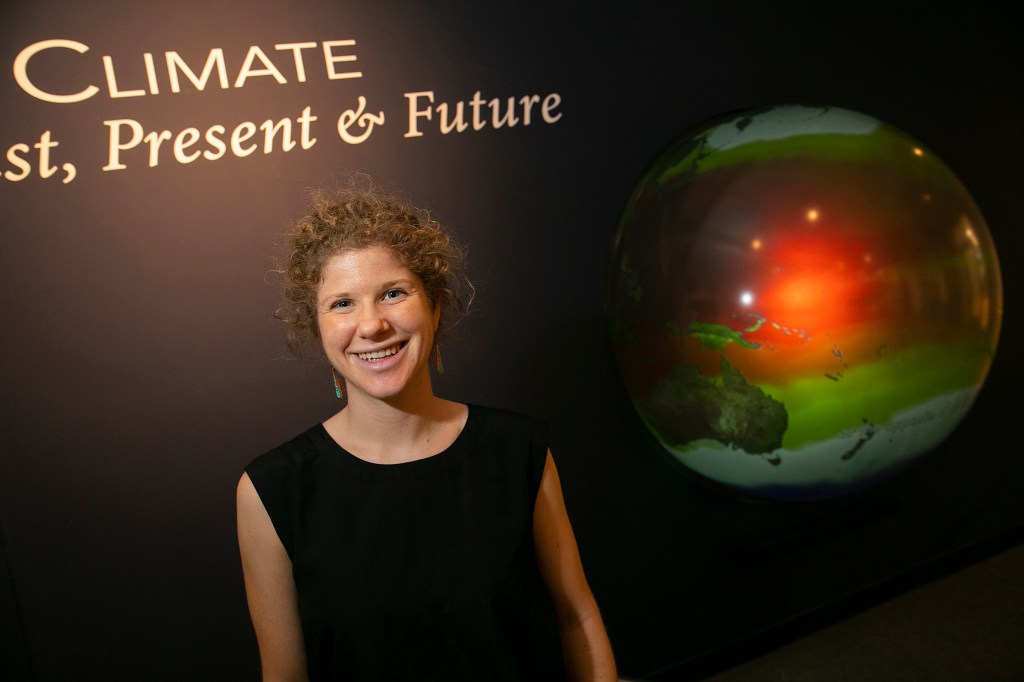
-
The good, bad, and scary of the Internet of Things
Radcliffe researcher explores how to create a framework for the Internet of Things that minimizes risk and maximizes safety.
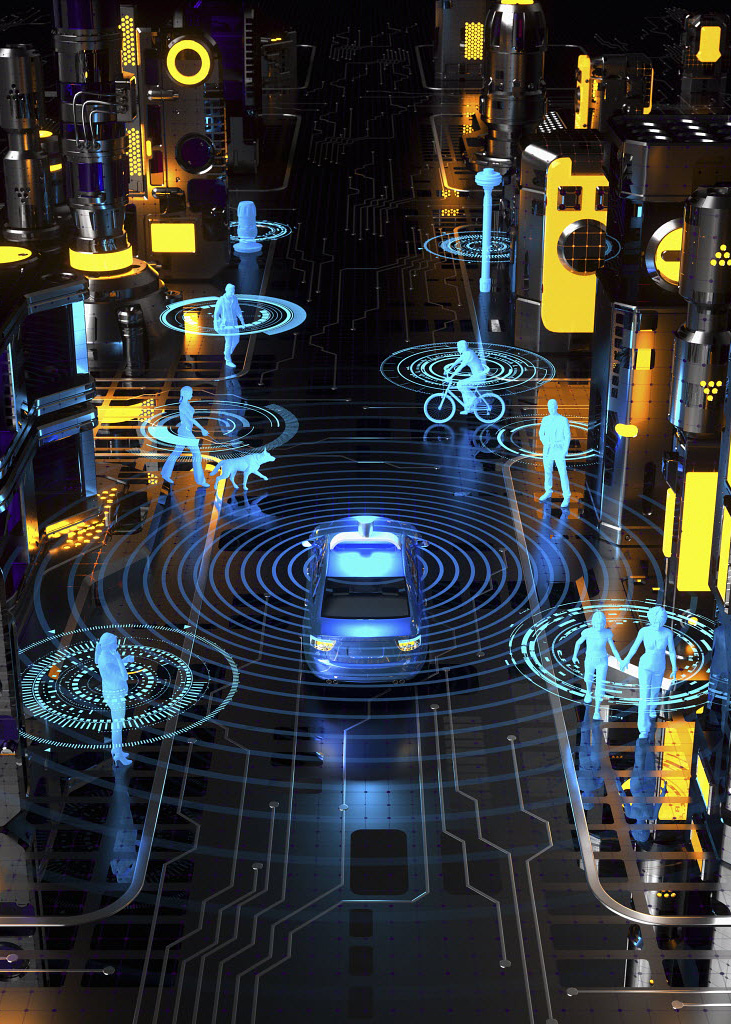
-
Food that’s better for all of us and the planet
According to a summit on food production, diet, and sustainability, humanity needs to refocus on a diet that encompasses sustainability and social justice.
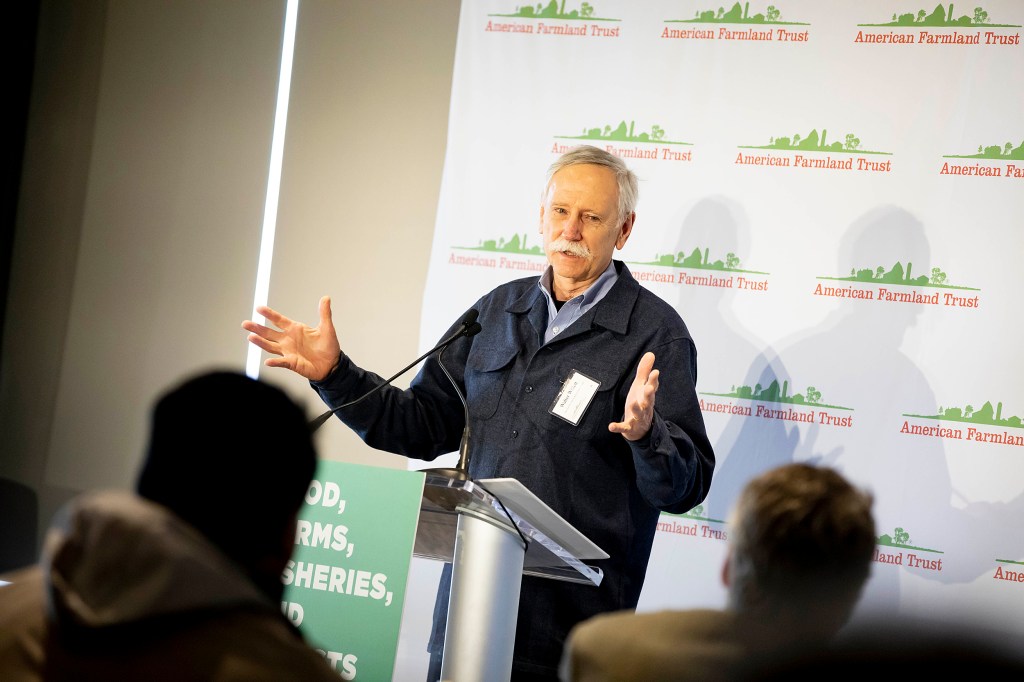
-
Beyond Pavlov
Artificial intelligence researchers and neurobiologists share data on how options are sorted in decision-making.
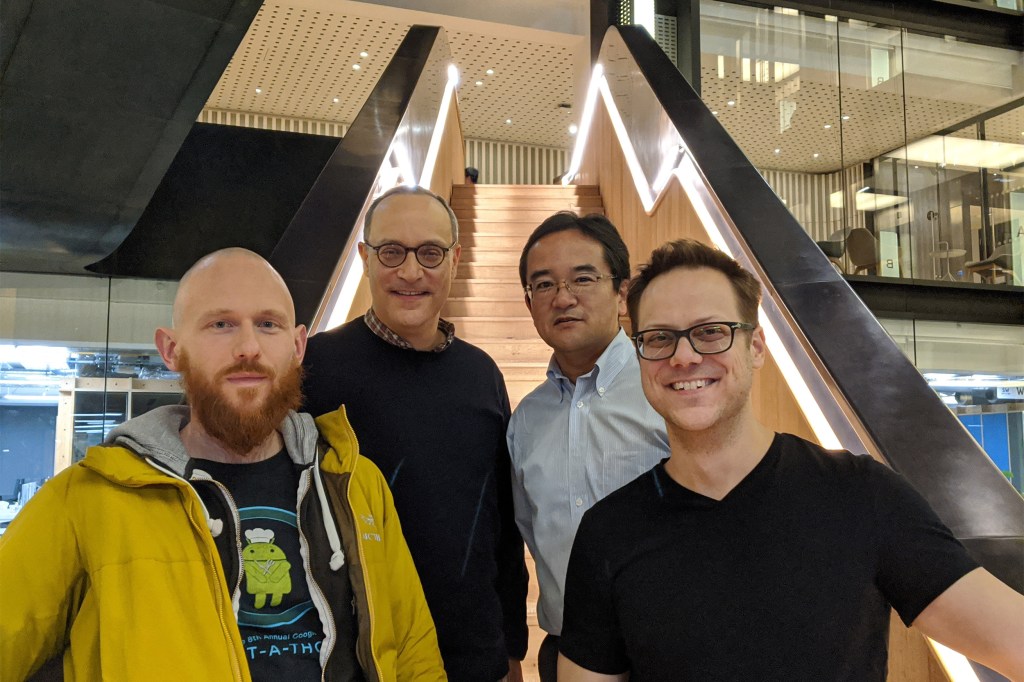
-
The ‘right’ diet
Professor Emily Balskus and her team have identified an entirely new class of enzymes that degrade chemicals essential for neurological health, but also help digest foods like nuts, berries, and tea, releasing nutrients that may impact human health.

-
A crisper CRISPR
Fewer off-target edits and greater targeting scope bring gene editing technology closer to treating human diseases.
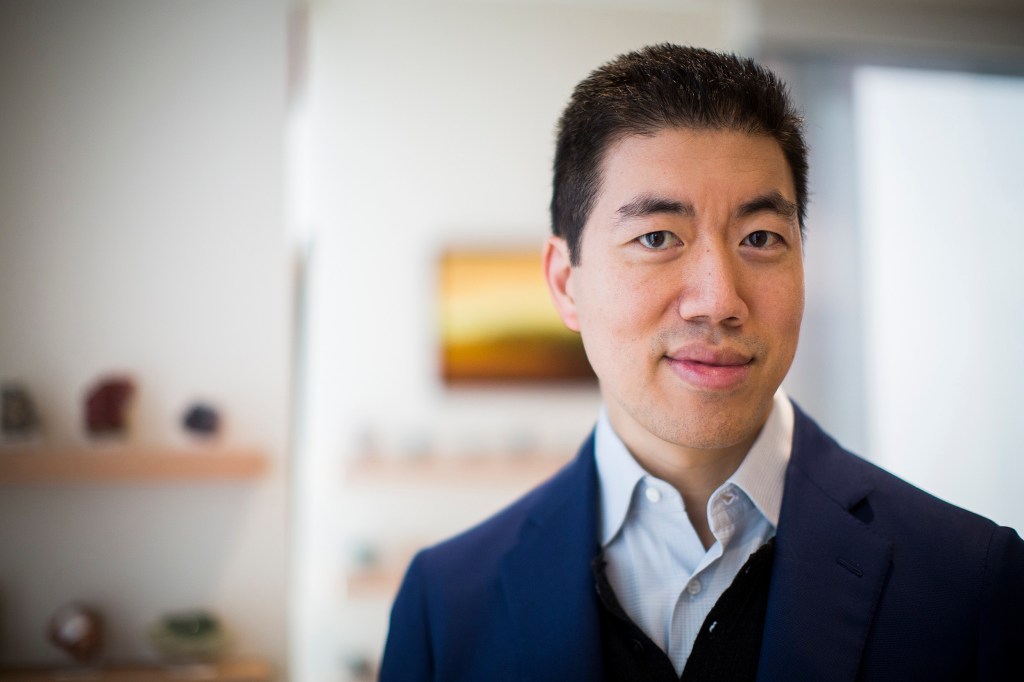
-
Going where the diversity is
Two graduate students from Arnold Arboretum have created the Mamoní Valley Preserve Natural History Project, an ongoing series of student-led field expeditions designed to increase our understanding of how biodiversity can persevere in the face of climate change, deforestation, and human disturbance.
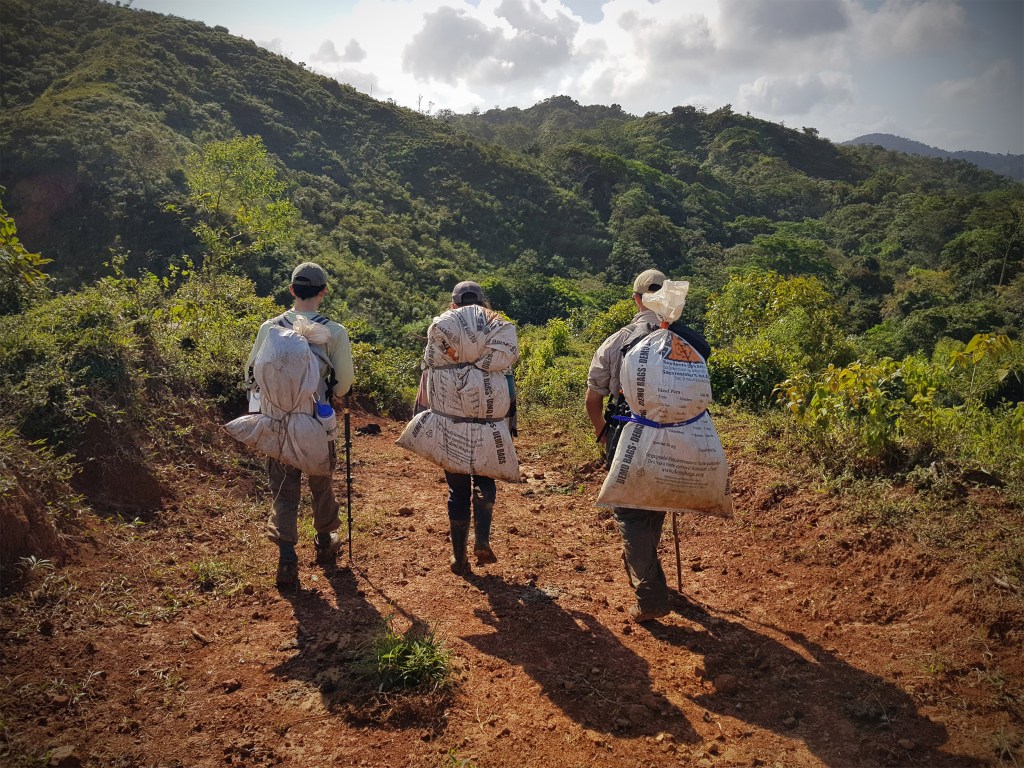
-
New details about mumps outbreaks of 2016‒17
Studying the mumps virus genomes in 2016 and 2017 filled in gaps about how the disease was spreading in Massachusetts and elsewhere in the U.S.
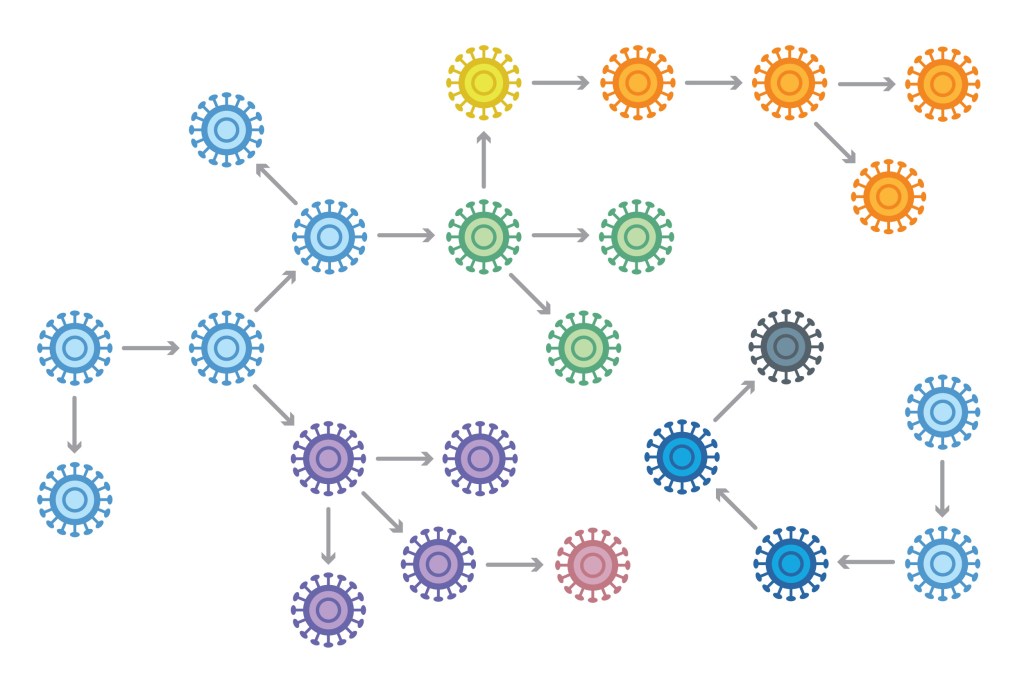
-
Getting the brain’s attention
New technology helps dissect how the brain ignores or acts on information
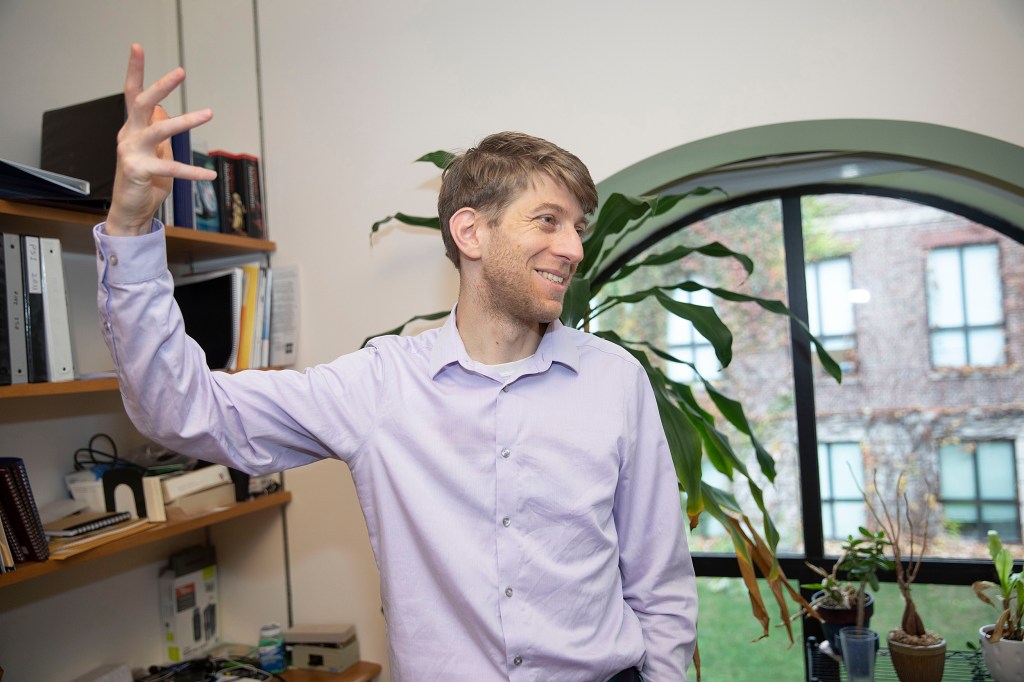
-
How I hacked the government (it was easier than you may think)
Though no expert coder, Max Weiss ’20, a government concentrator uses bots to show an agency its website vulnerability.

-
Collaboration generates most complete cancer genome map
An international team of 1,300 scientists has generated the most complete cancer genome map to date, bringing researchers closer to identifying all major cancer-causing genetic mutations.
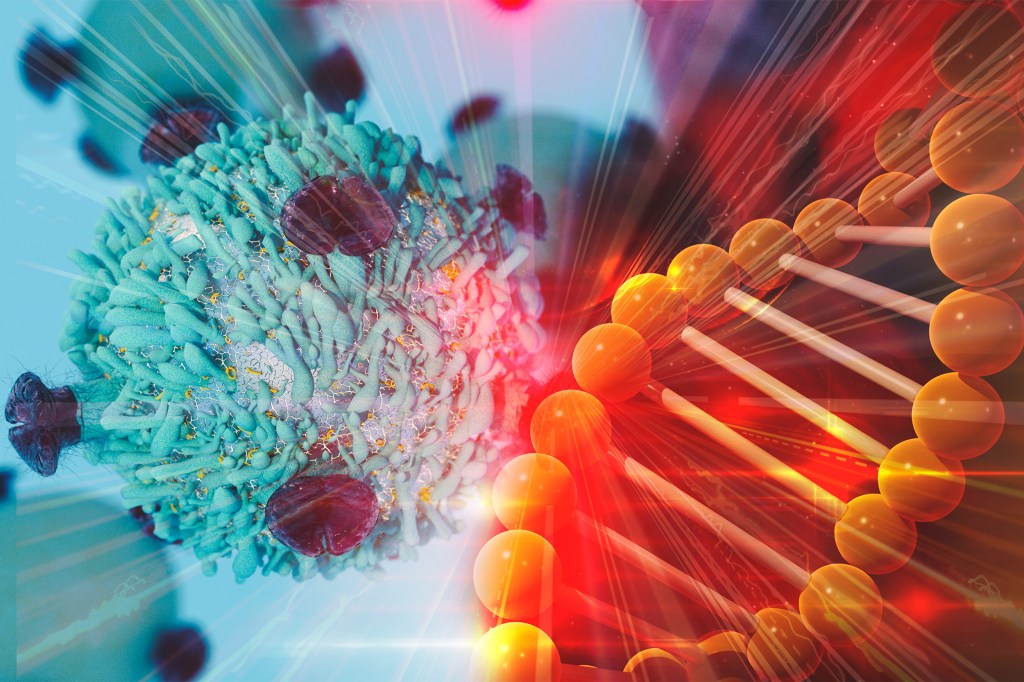
-
Evaluating the hidden risks of herbicides
Research into the gut microbes of wasps shows that exposure to atrazine, a widely used herbicide, leads to changes in the gut microbiome that are passed to future generations. Findings indicate that the microbiomes of insects, including pollinators, and of humans should be considered when evaluating the biorisk of pesticides.
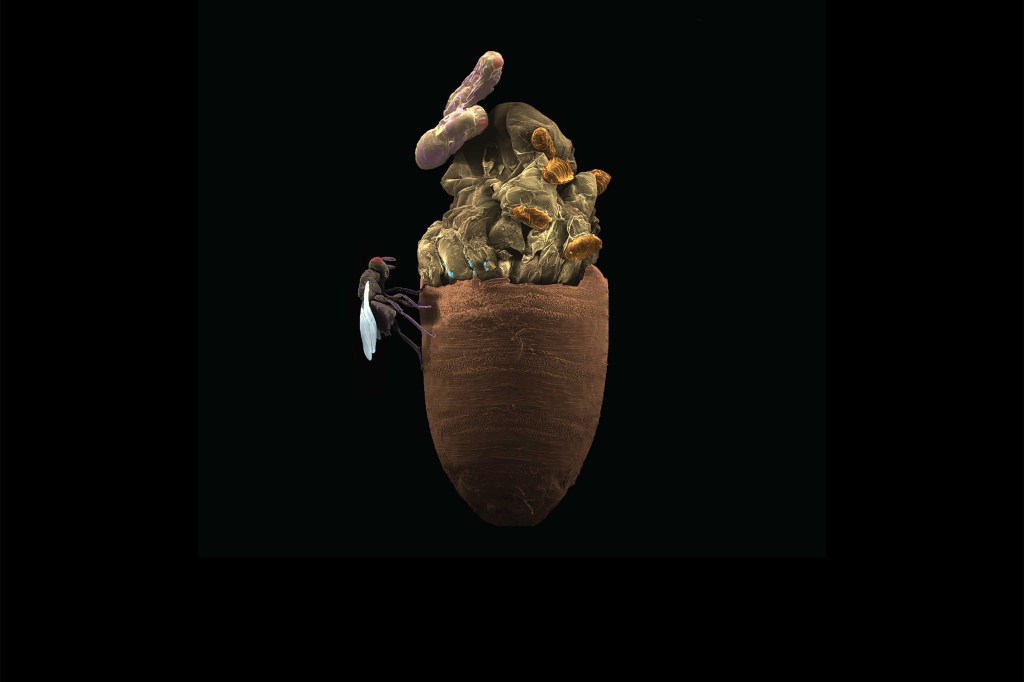
-
Filling in the blanks of evolution
Harvard Researchers show what drives functional diversity in the spines of mammal.
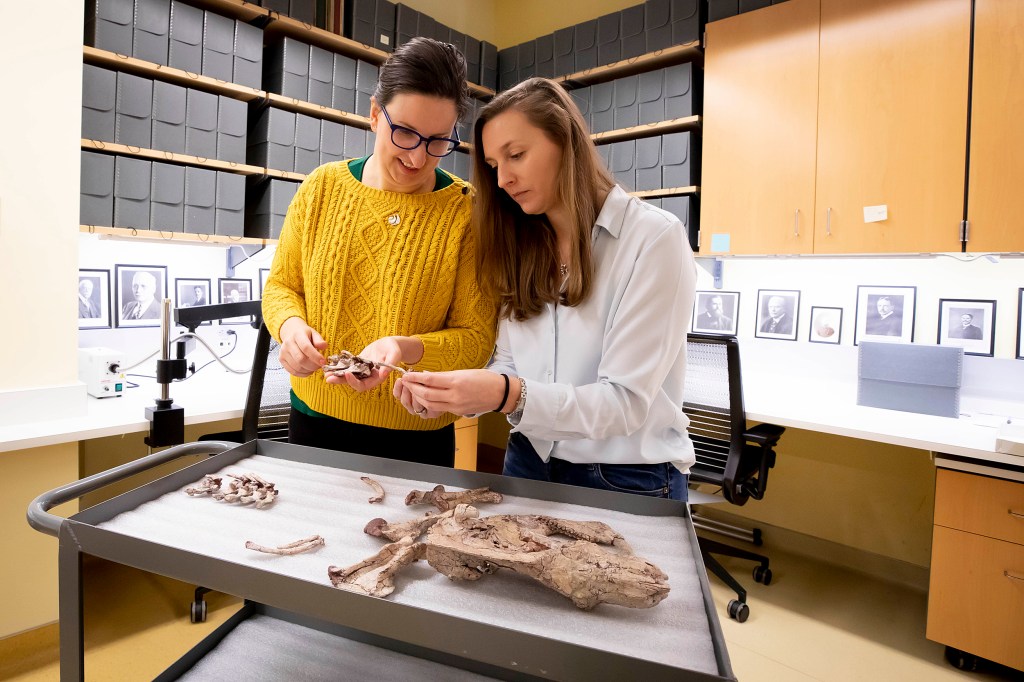
-
Hidden hearing loss revealed
Harvard researchers have found two biomarkers that may help explain why a person with normal hearing struggles to follow conversations in noisy environments.
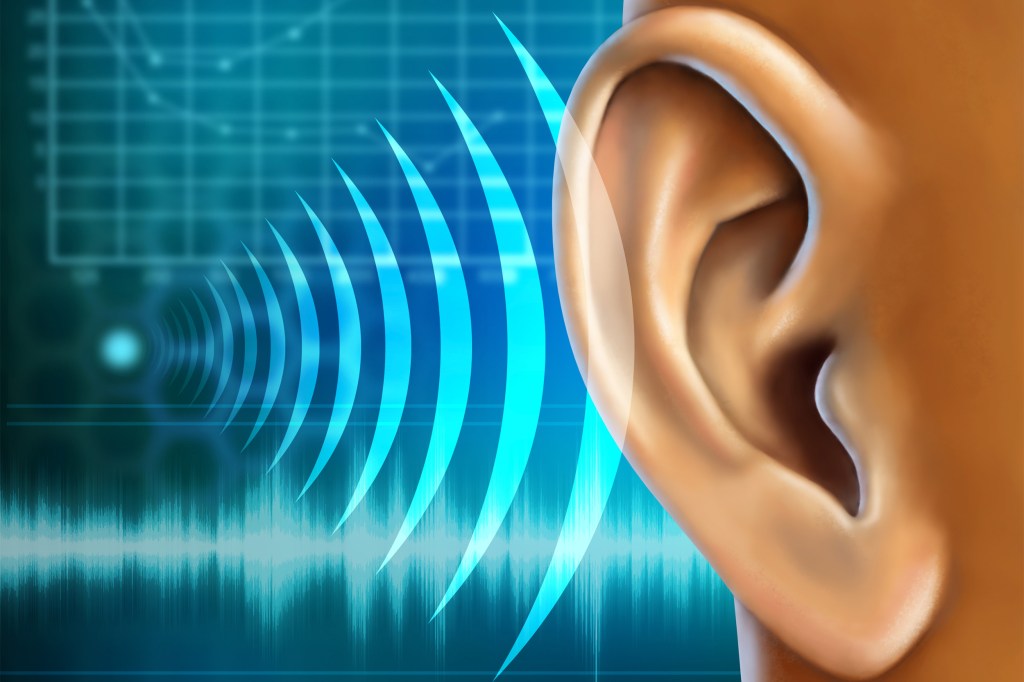
-
Jeté into an ionic bond
Ph.D. student Frederick Moss brings together the incongruous worlds of science and art.
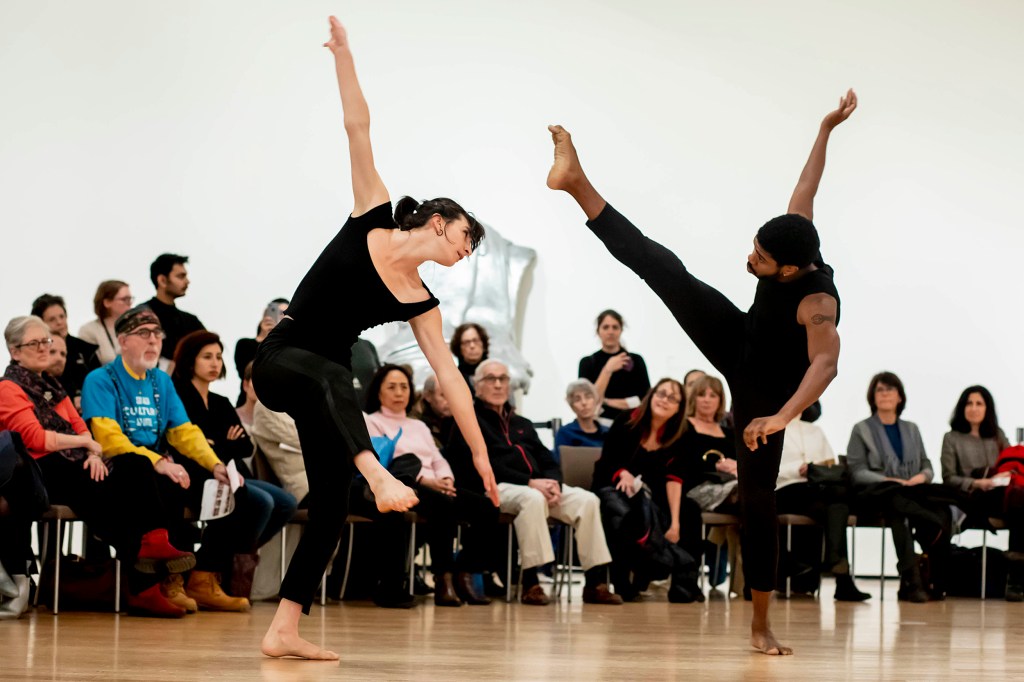
-
Translating black holes to the public — in 25 languages
Harvard’s educational mission is bringing the universe’s strangest creation to the world, as short videos about black holes have been seen by millions.
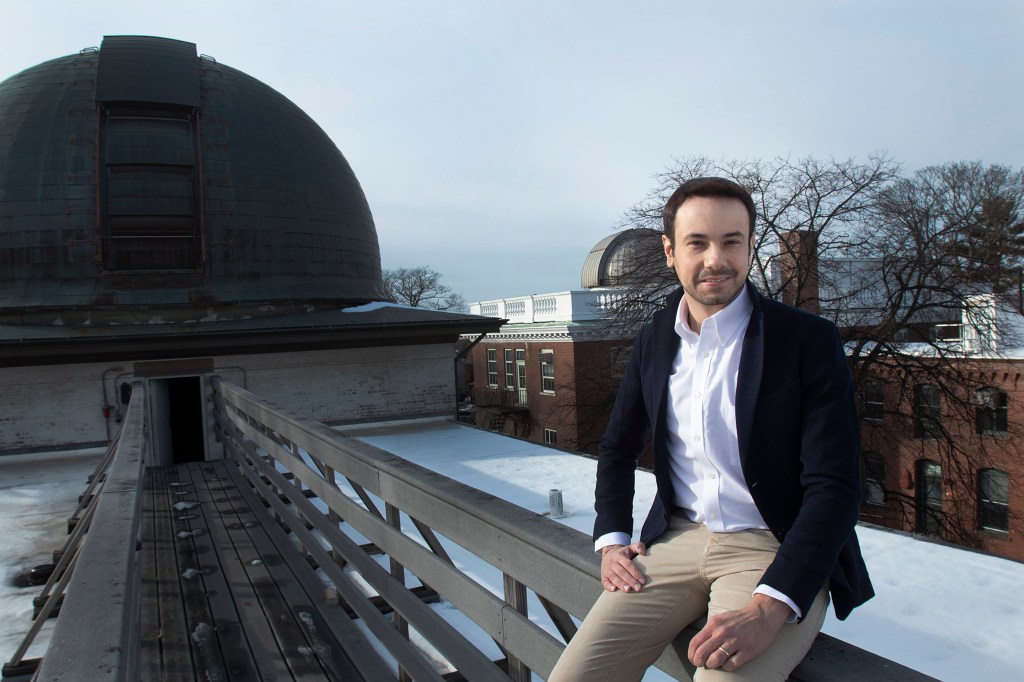
-
Life’s Frankenstein monster beginnings
The evolution of the first building blocks on Earth may have been messier than previously thought, likening it to the mishmash creation of Frankenstein’s monster.

-
Next generation of organ-on-chip has arrived
Multiple human organ chips that quantitatively predict drug pharmacokinetics may offer better, accelerated drug testing
